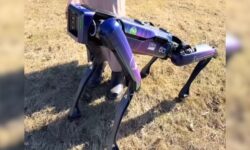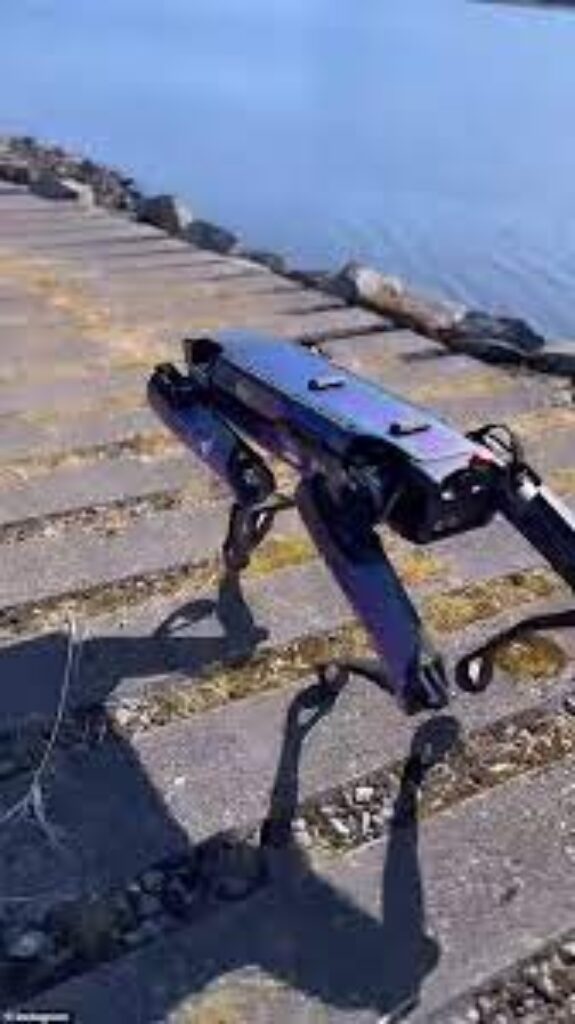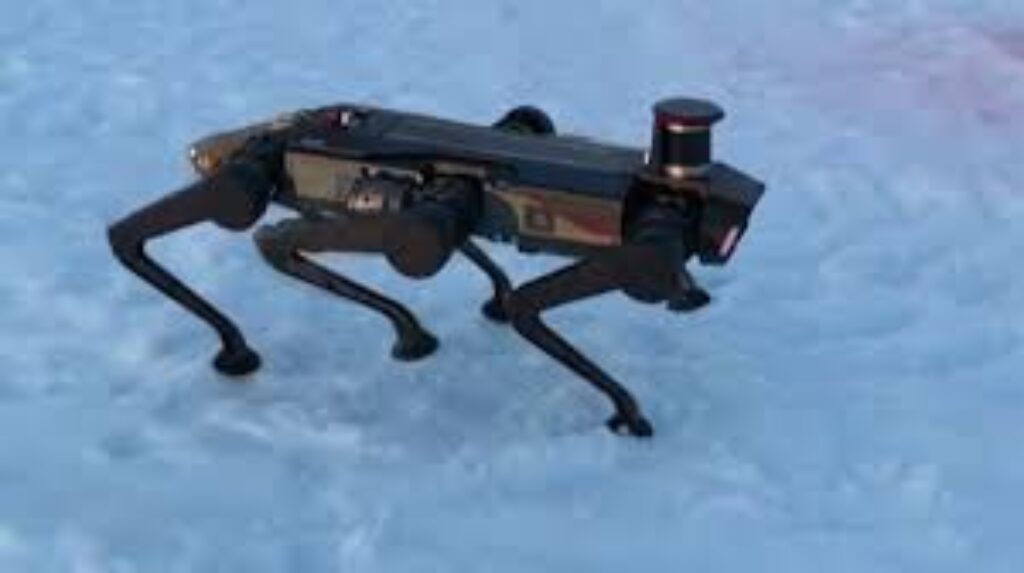
To Aid Antarctic Research, Six-Legged Robot Dog Passes Tests
The icy, inhospitable terrain of Antarctica has long challenged explorers and scientists alike. But a recent breakthrough in robotic engineering could soon change how researchers explore the frozen continent. A six-legged robot dog, designed to withstand the punishing Antarctic environment, has successfully completed a series of rigorous tests — and it’s ready to join future research expeditions.
Engineered for extreme mobility, durability, and resilience, this futuristic machine is more than a novelty. It represents a significant leap in the way autonomous technologies can support science in some of the most remote and unforgiving places on Earth.
Meet the Robot: More Insect Than Dog

Unlike the popular four-legged robot dogs from tech companies like Boston Dynamics, this new design features six legs, more akin to an insect than a canine. The additional limbs offer enhanced stability, balance, and redundancy, crucial traits when navigating the uneven, icy, and often treacherous Antarctic surface.
The robot’s structure allows it to crawl, climb, and maneuver over jagged rocks, deep snow, and icy slopes without tipping or slipping — a significant improvement over traditional wheeled or even four-legged robots.
The development team, comprised of engineers and roboticists from a European research consortium, noted that the six-legged design was chosen deliberately to mimic natural locomotion in insects, which often thrive in complex environments where wheels and tracks fail.
Why Antarctica Needs Robots
Antarctica is one of the most extreme environments on Earth, with temperatures plunging below -60°C, brutal winds, and a barren landscape. While these challenges make it a fascinating place for scientific discovery — from climate change studies to glaciology and even space analog research — they also make fieldwork hazardous and logistically complex.
Traditionally, research teams must brave the elements with limited support. Equipment malfunctions, frostbite risks, and inaccessible terrain are constant threats. That’s where autonomous systems like the six-legged robot come in.
Dr. Elena Krauss, a roboticist involved in the project, explains:
“The goal isn’t to replace human scientists, but to assist them. Robots can reach places that are too dangerous or too remote, and they can operate during polar nights or severe weather when humans can’t.”
What It Can Do
This robotic assistant isn’t just a walker — it’s also packed with sensors and AI. Here’s what it brings to the research table:
- Environmental Monitoring: Equipped with temperature, humidity, and radiation sensors to collect data continuously.
- Terrain Mapping: Uses LiDAR and stereo vision to create detailed 3D maps of terrain, useful for navigation and geological studies.
- Sample Collection: Can carry small tools or sensors and assist in retrieving soil or ice samples.
- Autonomous Navigation: Learns from its environment and can plan paths independently, even in snowstorms or low-visibility conditions.

Thanks to machine learning algorithms, the robot dog can adjust its gait based on terrain feedback, reducing slippage and improving energy efficiency.
Testing and Future Deployment
Field tests took place in remote, snowy regions of Europe designed to mimic Antarctic conditions. The robot passed simulations involving glacial crevasses, high winds, and steep inclines. The next step is an extended trial at an Antarctic research station in partnership with polar institutes.
Engineers are also working on energy solutions, such as solar-assisted power and cold-resistant batteries, to allow the robot to operate for extended periods without human intervention.
If successful, this robot could pave the way for a fleet of autonomous explorers supporting a wide range of missions — from monitoring penguin colonies to measuring ice sheet dynamics over time.
Conclusion: A New Companion for Science
The six-legged robot dog represents an exciting blend of biomimicry, robotics, and climate science. As Antarctica becomes an increasingly important site for understanding Earth’s changing environment, tools like this robotic assistant could become indispensable.
By enabling deeper exploration with less risk, the robot dog may soon be helping humans unlock the secrets of the southernmost continent — one careful step at a time.








